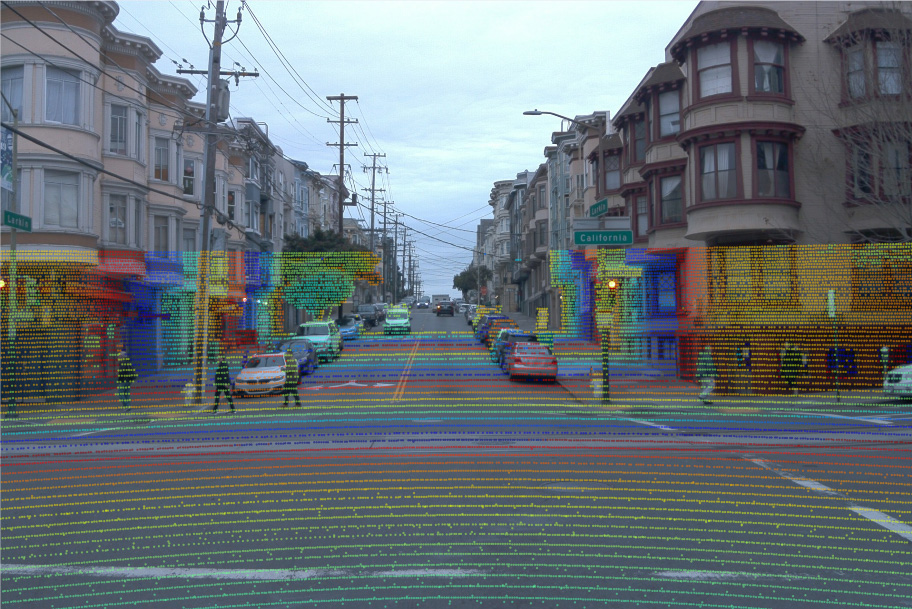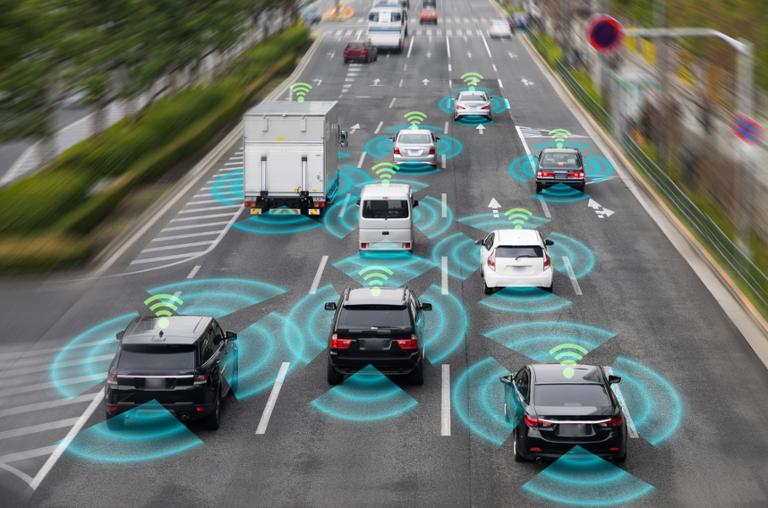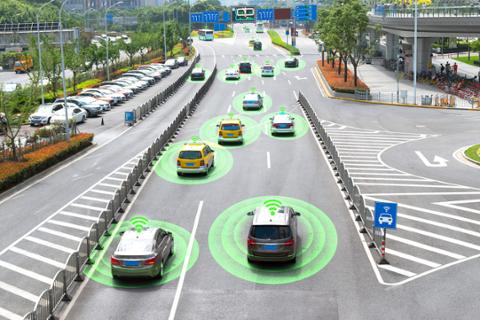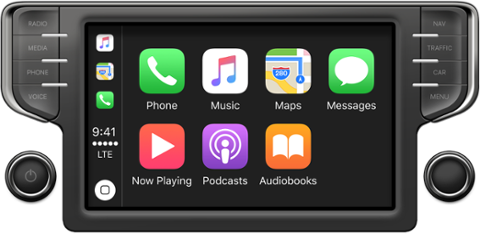Let’s say you’re a tech professional who’s really interested in autonomous driving. It hasn’t quite gotten to the point where you’ve stuck some sensors onto your Toyota and researched onboard processors—but if the opportunity arose, you definitely wouldn’t object to working on some kind of self-driving project.
Now’s your chance: Waymo, Google’s autonomous-driving offshoot, is releasing a pretty big chunk (yes, that’s a technical term) of sensor data from its self-driving vehicle experiments—1,000 driving segments, to be exact, with each segment measuring 20 seconds in length. Objects in every image are labeled, for a total of 12 million 3D labels. The dataset even has a fancy website!
“This dataset covers dense urban and suburban environments across Phoenix, AZ, Kirkland, WA, Mountain View, CA and San Francisco, CA capturing a wide spectrum of driving conditions (day and night, dawn and dusk, sun and rain),” Waymo added on its Medium page. “Each segment contains sensor data from five high-resolution Waymo lidars and five front-and-side-facing cameras.”

In addition, the company also offered up a little more on how it actually uses this data it collects. “At Waymo, we have been working on 3D perception models that fuse data from multiple cameras and lidar,” the latest Medium posting added. “Waymo designs our entire self-driving system — including hardware and software — to work seamlessly together, which includes choice of sensor placement and high quality temporal synchronization.”
Waymo is facing aggressive competition from Uber, GM, Apple, and a variety of startups. Despite the money and brainpower being thrown at self-driving, this burgeoning sub-industry has experienced its share of setbacks. In 2018, for example, Uber paused its self-driving program after one of its autonomous testing vehicles (a Volvo VX90 sport-utility vehicle with a sensor package) killed a pedestrian. And no company has yet designed a vehicle capable of full “Level 5” automation, although Tesla likes to brag it’ll achieve that milestone sooner than anyone thinks.
For those interested in exploring autonomous driving from a skills perspective, there are a number of online courses that can introduce you to its core principles. For example, Udacity offers a self-driving car engineer nanodegree, and Udemy and Coursera have similar coursework. For those who want an academic approach to the material (and have a background in machine learning and artificial intelligence), MIT has videos and slides from its “Deep Learning for Self-Driving Cars” course.
And if your learning is in mid-stream, see if you can incorporate this new Waymo dataset into your work—the results could prove very interesting. Especially if you have a self-driving project going in your garage.



